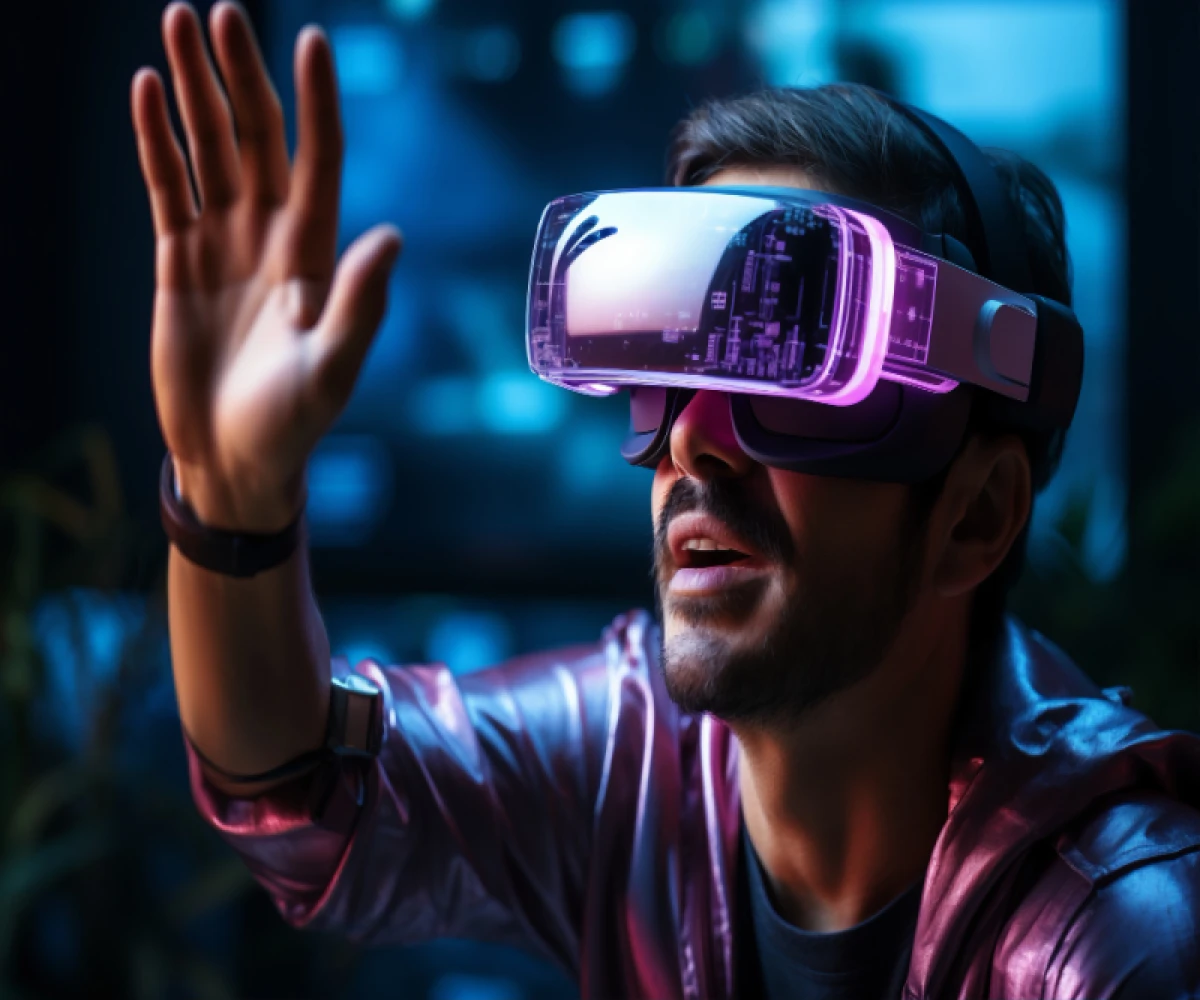
Types of Virtual Reality: Dive into Different Simulated Worlds
Types of Virtual Reality: Dive into Different Simulated Worlds
Virtual reality (VR) is a technology that creates an immersive experience for users, simulating a computer-generated environment that can be interacted with in a seemingly real or physical way. VR has come a long way in recent years, and there are now many different types of VR experiences available.
Let's explore some of the most common types of VR:
1. Non-immersive VR
Non-immersive VR is the most basic type of VR experience. It does not require any special equipment and can be experienced on a computer or mobile device. The user typically views the virtual environment on a screen and can interact with it using a mouse, keyboard, or joystick.
2. Semi-immersive VR
Semi-immersive VR provides a more immersive experience than non-immersive VR. Users typically wear a headset that projects images onto a screen in front of their eyes. This gives the user a wider field of view and can make the virtual environment feel more real. Some semi-immersive VR systems also track the user's head movement, allowing them to look around the virtual environment by moving their head.
3. Fully immersive VR
Fully immersive VR is the most immersive type of VR experience. Users typically wear a headset that completely blocks out the real world and projects images onto screens directly in front of their eyes. This can create the feeling of being completely transported to another world. Fully immersive VR systems also often track the user's head and hand movements, allowing them to interact with the virtual environment in a more natural way.
4. Augmented Reality (AR)
Augmented reality (AR) is not technically VR, but it is a related technology that can be used to create immersive experiences. AR overlays digital images onto the real world, allowing users to see both the real and virtual worlds at the same time. This can be used for a variety of purposes, such as providing information about the real world, or playing games that interact with the physical environment.
5. Collaborative VR
Collaborative VR allows multiple users to experience the same virtual environment together. This can be used for a variety of purposes, such as playing games, attending meetings, or working on projects together.
Conclusion
The future of VR is bright. As the technology continues to develop, we can expect to see even more immersive and realistic VR experiences. VR has the potential to revolutionize the way we work, learn, and play.
I hope this blog has given you a better understanding of the different types of VR. If you are interested in learning more about VR, I encourage you to do some research on your own. There are many great resources available online and in libraries.
Additional thoughts:
- VR is still a relatively new technology, and there are many challenges that need to be overcome before it can be widely adopted. One of the biggest challenges is the cost of VR headsets. However, as the technology becomes more popular, the price is likely to come down.
- VR can be a very powerful tool, but it is important to use it responsibly. VR can be used to create both positive and negative experiences. It is important to be aware of the potential risks of VR and to use it in a safe and responsible way.


